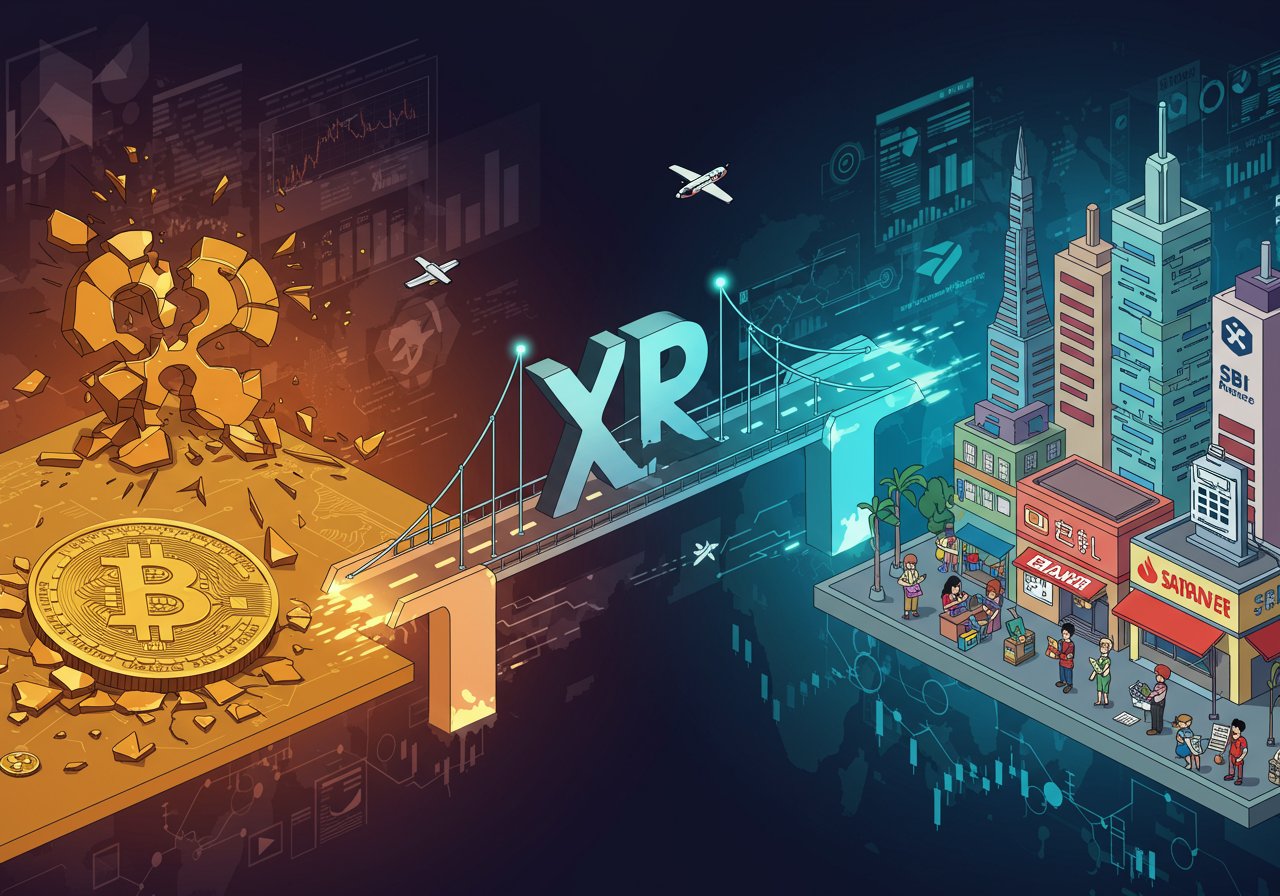
XRP: More Than Just a Crypto Asset
The digital asset landscape is constantly evolving, and while market price often dominates the narrative, understanding the underlying value drivers of cryptocurrencies is essential. XRP, the native token of the XRP Ledger (XRPL), is a prime example. While its price fluctuates, its utility and potential extend far beyond speculation. This article delves into the key factors contributing to XRP‘s significance, offering a comprehensive look at its potential and the challenges it faces.
Cross-Border Payments: The Core Use Case
One of XRP‘s most compelling features lies in its ability to streamline international payments. Its speed and cost-effectiveness make it particularly attractive in the realm of cross-border remittances, a market ripe for disruption. XRP, acting as a bridge currency, eliminates the need for pre-funding, reduces settlement times from days to seconds, and significantly lowers transaction costs. This is particularly beneficial for migrant workers sending money home, as exemplified by services like SBI Remit, which utilizes XRP for instant transfers across Southeast Asia. This feature is especially important in emerging markets, where traditional methods are often slow and expensive.
Loyalty Programs and Everyday Utility
Beyond financial institutions, XRP is finding its way into loyalty programs and consumer services, offering a pathway to everyday utility for millions of users. Companies like Webus/Wetour, with its XRP treasury, are exploring blockchain-powered travel vouchers, loyalty points, and settlement infrastructure. This move transforms XRP from an investment asset into a practical payment option, with users potentially engaging in day-to-day transactions, from redeeming points to paying for travel expenses. This move creates real-world applicability for the asset.
Institutional Adoption and Strategic Reserves
The embrace of XRP by financial institutions signifies growing trust in its long-term stability and utility. Entities like SBI Holdings not only invest in Ripple but also actively integrate XRP into their subsidiaries, bolstering its role as an institutional-grade asset. Institutions using XRP for liquidity management and settlements sends a clear signal of confidence and generates real demand beyond speculative trading. This signifies a validation of XRP‘s utility beyond speculation, solidifying its role as an asset with tangible application.
Technological Superiority and Ledger Innovation
The XRP Ledger (XRPL) offers advantages, including speed, scalability, and innovation. XRPL‘s features include transaction speed that is far superior to Bitcoin or SWIFT, making it an ideal solution for microtransactions and loyalty programs. The ledger also boasts low fees, and the XLS-20 amendment introduced native non-fungible tokens (NFTs), enhancing its functionality. XRPL‘s commitment to real-world scalability and technological advances make it a compelling choice for businesses seeking an efficient, cost-effective platform.

Regulatory Clarity and Network Effects
The resolution of the SEC case provides critical regulatory clarity for XRP in the US, which is helping pave the way for wider adoption. This legal certainty, combined with regulatory alignment in regions like Japan and the EU, fosters a more favorable environment for XRP‘s growth. As more banks, exchanges, and consumer platforms adopt XRP, network effects multiply, creating more liquidity and driving increased use in daily transactions.
Challenges and the Road Ahead
Despite its advantages, XRP faces challenges. Competition from stablecoins and CBDCs, which are backed by established payment networks and regulatory backing, is increasing. The key to XRP‘s success lies in its ability to translate its integrations into actual, widespread usage. It must demonstrate that it can thrive in a payment landscape dominated by these increasingly powerful forces. The ultimate success of XRP hinges on its ability to navigate this evolving landscape, proving that its utility goes beyond the theoretical and into real-world transactions.


